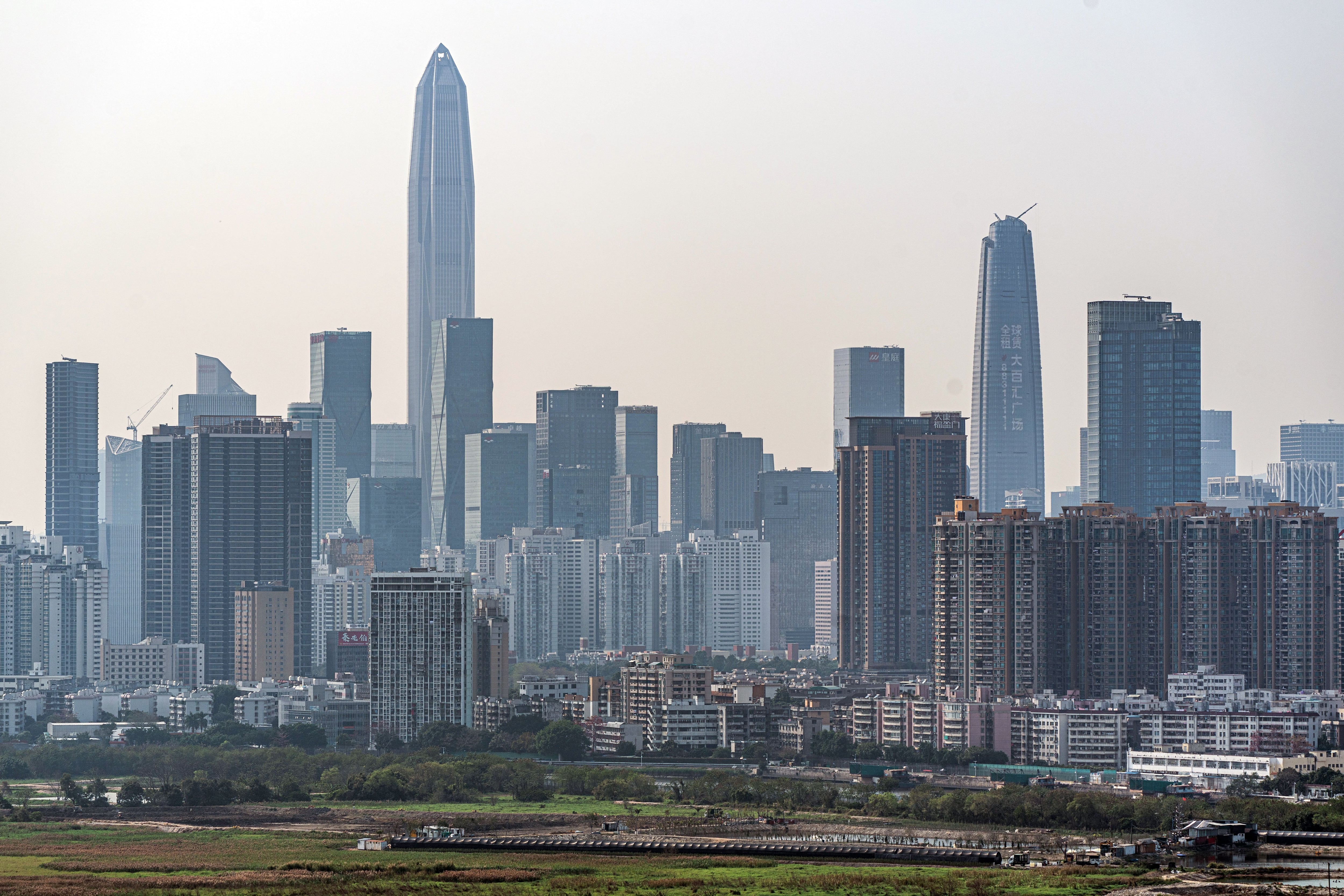
China decided to prioritize the economy and the technological metropolis of Shenzhen (south) partially lifted this Friday the confinement decreed by an outbreak of COVID-19, especially in its port, one of the largest in the world and vital for trade.
The decision of the city of 17.5 million inhabitants, located at the gates of Hong Kong, comes after President Xi Jinping called the day before “minimize” the impact of prevention measures on the Chinese economy.
China is experiencing its worst coronavirus outbreak in almost two years, with several thousand new positive cases daily in recent days, spread over twenty provinces, that is, two-thirds of the country.
In response, authorities have confined several tens of millions of people in the country of 1.4 billion people.
The Health Ministry on Friday reported 4,365 infections the previous day, of which 105 were in Shenzhen.
The southern city, which brings together thousands of factories from big names in technology, was placed on full lockdown on Sunday after the detection of COVID-19 cases, linked to the epidemic sweeping Hong Kong.
Public transport can now resume, as well as administrations and economic activity in five city districts, the city council announced on Thursday night.
Among the affected districts is Yantian, where one of the largest ports in the world is located, with 10.5% of the containers used by Chinese foreign trade.
In danger
The removal of the restrictions illustrates the authorities’ concern for economic activity after two years of a “zero covid” strategy, which consists of doing everything possible (lockdowns, quarantines, contact tracing, border filtering) to prevent the appearance of COVID-19. of new cases.
Xi Jinping ordered on Thursday night the continuation of this policy to “immediately stop the spread of infections”. But he also calledminimize the impact of the epidemic on economic and social development”, while Beijing announced for this year its lowest growth target in 30 years (“around 5.5%”).
One of the main suppliers of the American computer giant Apple, the Taiwanese company Foxconn, had already indicated on Wednesday that it had resumed part of its production in Shenzhen.
According to official figures, the strategy “zero COVID” allowed in the last two years to limit the number of patients to about 125,000, 5,000 of whom died.
Since the spring of 2020, life is almost normal in the country, but the outbreak of the omicron variant is changing things.
Across the border with Shenzhen, the semi-autonomous territory of Hong Kong, also a supporter of the policy “zero COVID”, has one of the highest omicron mortality rates in the world, especially among unvaccinated older people.
The Chinese Ministry of Health reported this Friday that only 51% of those over 80 in mainland China had received at least two doses.
“The Hong Kong epidemic has taught us a particularly illuminating lesson”, said Wang Hesheng, Vice Minister of Health, at a press conference this Friday.
Source: Gestion
Ricardo is a renowned author and journalist, known for his exceptional writing on top-news stories. He currently works as a writer at the 247 News Agency, where he is known for his ability to deliver breaking news and insightful analysis on the most pressing issues of the day.











